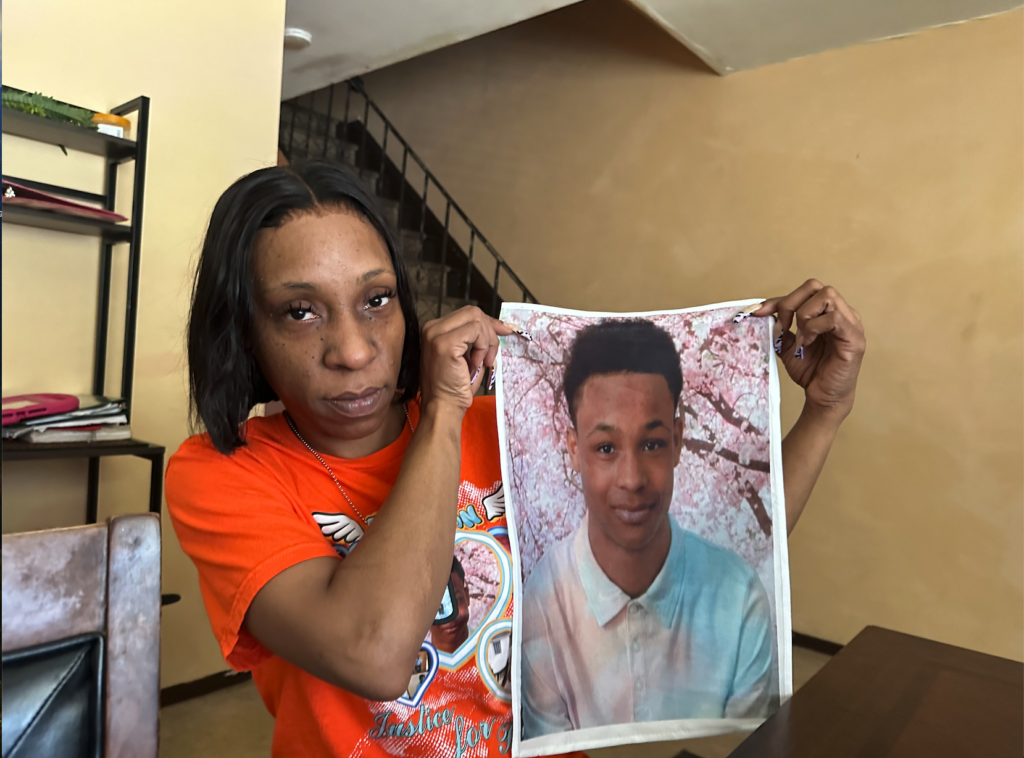Editorial: Preventive care took a backseat during pandemic

The effects of the COVID-19 pandemic were undoubtedly far-reaching, from the economic toll to the human toll of lives lost to the virus. We still may not fully understand the full impact the pandemic, which unfortunately is not yet over, has had on various aspects of life, from the negative effects on mental health or on education when schools closed and reverted to remote learning.
More than two years into the pandemic now, as many people are ready to move on with life as normal, some of the hidden costs are emerging more clearly. One example is the effects on chronic disease as people avoided the type of preventive care that’s so critical to detecting and treating diseases ranging from cancer to diabetes to heart disease.
This week’s story on Vanie and Bernadette Tuthill highlights the importance of early detection for breast cancer, which will impact approximately 12.9% of women, according to the National Cancer Institute. Their stories highlight how early detection helped each woman, a mother and daughter, spot the cancer so they could begin treatment before it reached the dreaded stage 4.
Both breast cancer survivors now volunteer with the North Fork Breast Health Coalition, a nonprofit organization that has done incredible work to support cancer patients, survivors and caretakers. Bernadette Tuthill is now vice president of the organization. A trend the organization has seen recently, she said, is how many women put off their annual exams.
“And as a result, we’re getting applications for grants from younger women at a later stage of diagnosis,” she said.
The American Cancer Society noted the pandemic has led to a substantial decline in cancer screening. The ACS notes how health care facilities are offering elective procedures with safety precautions in place and people should feel comfortable seeking services when needed.
The ACS guidelines for women at average risk for breast cancer say women between 40 and 44 have the option to start screening with a mammogram every year. Women between 45 and 54 should get mammograms every year. Women 55 and older can switch to a mammogram every other year, or continue yearly mammograms, the ACS says.
The Centers for Disease Control and Prevention notes that “women should weigh the benefits and risks of screening tests when deciding whether to begin getting mammograms before age 50.” It’s important to consult with a health professional to determine the best course of action for each person’s unique circumstances.
Women at high risk for breast cancer should get a breast MRI and mammogram every year, typically starting at about age 30, according to the ACS. A high risk is typically associated with known family history of the disease and a known BRCA1 or BRCA2 gene mutation found in genetic testing.
Earlier this month, U.S. News & World Report published an article detailing some of the effects the pandemic has caused on chronic disease management. The article quotes Dr. Arif Kamal, chief patient officer for the American Cancer Society, who said diagnostic services such as cancer screenings dropped during each wave of the pandemic. And during the waves, some health care systems have had to redeploy staff to meet the specific needs related to Covid-19.
The number of new cancer diagnoses in the U.S. plummeted by 50% in 2020 after the pandemic struck, Norman Sharpless, M.D., director of the National Cancer Institute, said in 2021 in an interview with “Managed Healthcare Executive.”
On April 8, the North Fork Breast Health Coalition will hold its annual gala, which returns after a two-year hiatus from the pandemic. Like so many other organizations, it struggled to raise funds when it could not hold as many fundraising events, such as the gala. As people gather at East Wind Long Island to celebrate survivors and remember the loved ones no longer here, the event will serve as an important reminder of how critical preventive measures are in breast cancer and so many other chronic diseases.








